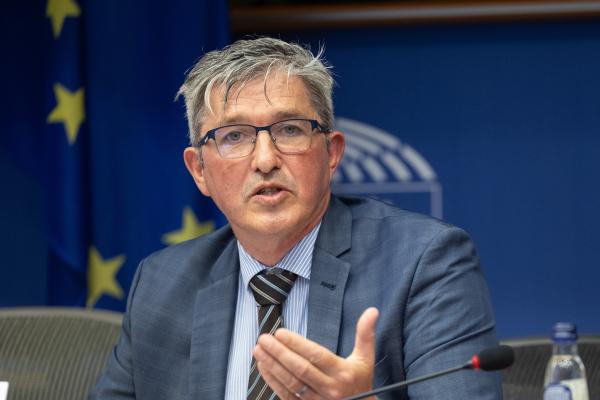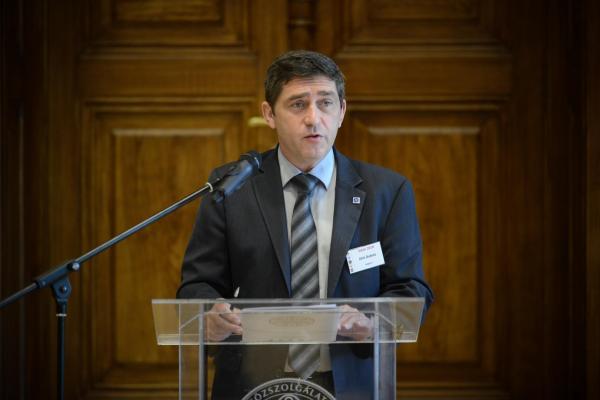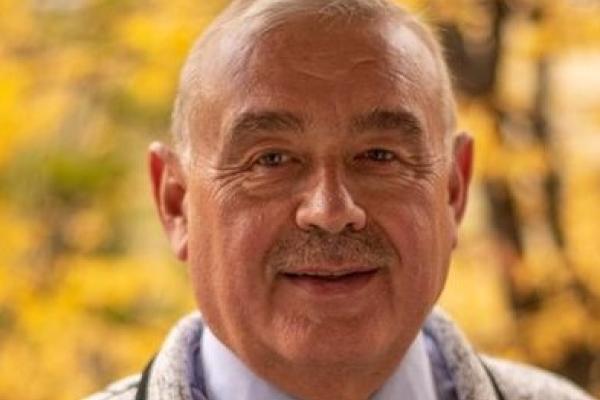Timeline
- 1997 - 1999Treaty of Amsterdam
The Amsterdam Treaty, signed in 1997, strengthened the European Union's Common Foreign and Security Policy (CFSP), laying the groundwork for enhanced cooperation in security and defence. This development enabled the later creation of the European Security and Defence College (ESDC) by establishing a political and institutional framework supportive of joint training and education in these areas.
- 2003Early Proposal for an ESDC like structure
In early 2003, a group of Member States jointly circulated a paper advocating the establishment of a European Security and Defence College. At that stage, their vision was to create a stand-alone institution with its own staff and dedicated premises in one of the Member States. However, strong opposition from one Member State significantly delayed the advancement of this initiative.
- 2004First CFSPtraining efforts
Initial pilot training activities conducted in Brussels by the EU Military Staff, a modular pilot European Security and Defence Policy High-Level Course organised by training institutes in various Member State capitals, and a special EU-level meeting collectively paved the way for defining the conditions necessary to establish the ESDC.
- 2005The establishment of the ESDC
The concept of a European security and defence training institution emerged in the early 2000s as the EU sought to develop its own security structures. The increasing complexity of security challenges and the EU’s involvement in crisis management operations highlighted the need for structured training.
To address this, the Council of the European Union formally established the ESDC through Council Joint Action 2005/575/CFSP on 18 July 2005. Designed as a network college, the ESDC connects existing national training institutions rather than functioning as a standalone entity. This approach ensures broad participation and leverages expertise from various Member States.
The Secretariat, originally intended to remain limited to no more than three staff members, is based in Brussels, initially embedded within the Council Secretariat and later closely linked to the Crisis Management and Planning Directorate of the European External Action Service (EEAS).
- 2006 - 2010Early Years and Development
Initially, the ESDC focused on consolidating its role as a CSDP/European Security and Defence Policy training hub. It coordinated courses, seminars, and exercises to build a shared understanding of European security and defence policy among Member States and EU institutions.
One key objective was to support personnel deployed in CSDP missions and operations, ensuring they were trained for complex international environments. The ESDC also facilitated training for officials from the European External Action Service (EEAS), EU agencies, and diplomatic services.
- 2013The first Council Decision establishing the ESDC
In 2013, following extensive discussions and consultations, the European Council agreed to formally establish the College through a Council Decision, defining it as an entity with an operational budget of approximately EUR 500,000.
According to the different stages of the ESDC’s development, Hans-Bernhard Weißerth had served successively as Head of the ESDC Secretariat, then as Acting Head of the ESDC, and was ultimately appointed in 2013 by the High Representative, Catherine Ashton, as Head of the ESDC when the College was established as a legal entity.
By 2015, when the leadership was handed over to Dirk Dubois, the network had grown to include nearly 100 national and international institutes, delivering training each year to over 2,000 civilian and military personnel.
- 2015 – 2022Consolidation, Innovation and Global Reach
Between 2015 and 2022, the ESDC experienced a significant expansion in budget and responsibilities. It developed key training activities such as just-in-time pre-deployment training for CSDP missions, cybersecurity and defence courses, and a sectoral qualification framework for military officers. Despite a small staff, the College adapted through cooperation, innovation and the development of a strong e-learning platform, which proved essential during the COVID-19 pandemic. This period also marked a growing international role, with outreach to partners worldwide and formal recognition through membership in the European Association of Peace Training Centres and participation in the NATO Conference of Commandants. In 2022, Holger Osterrieder was appointed Head of the ESDC.
- 2023 - todayLegal and Structural Evolution
Recognising the ESDC’s growing role, the Council of the EU adopted Council Decision (CFSP) 2024/3116, updating its legal basis. This decision reaffirmed the college’s role as a autonomous key training provider under the authority of the High Representative for Foreign Affairs and Security Policy.
The ESDC continues to address new security challenges, integrating courses on resilience, cyber defence, disinformation, strategic foresight, and hybrid warfare. The complexity of today’s security environment has called for a more flexible training approach, encouraging the ESDC to offer customised programmes to adress emerging challenges.




